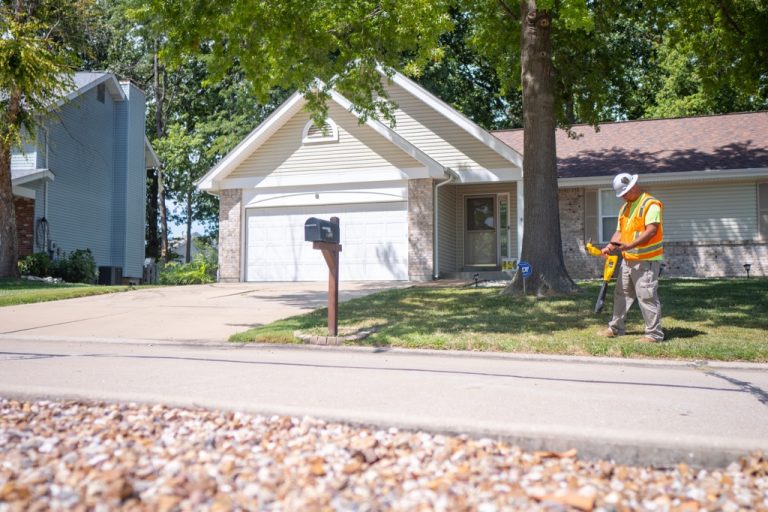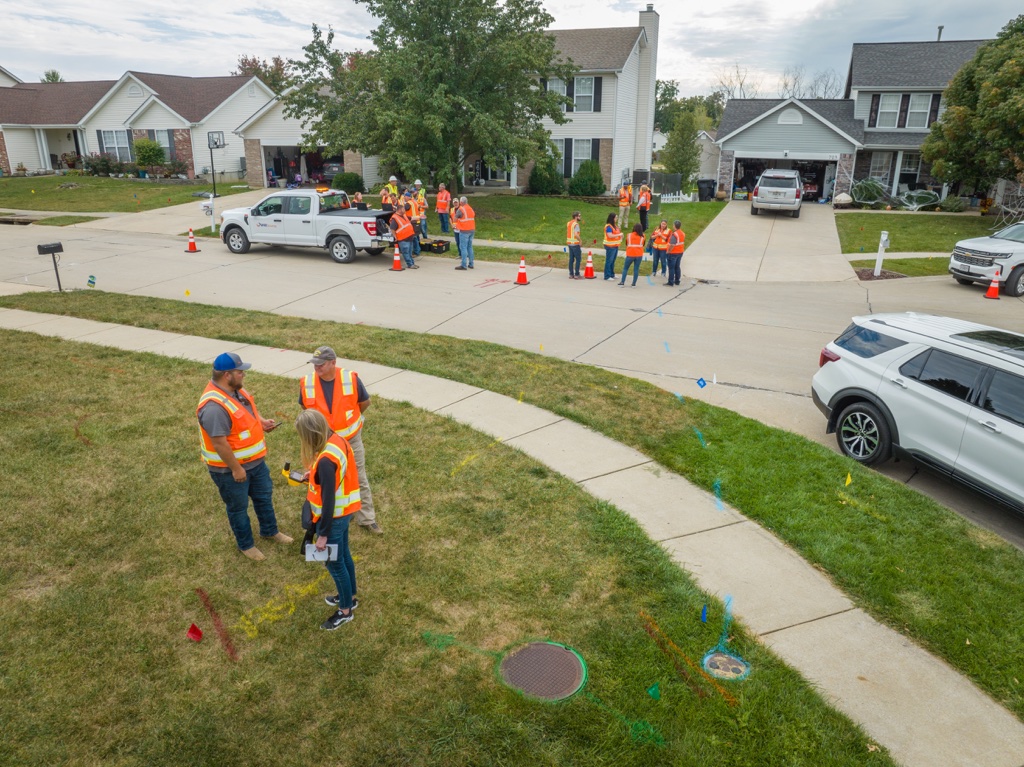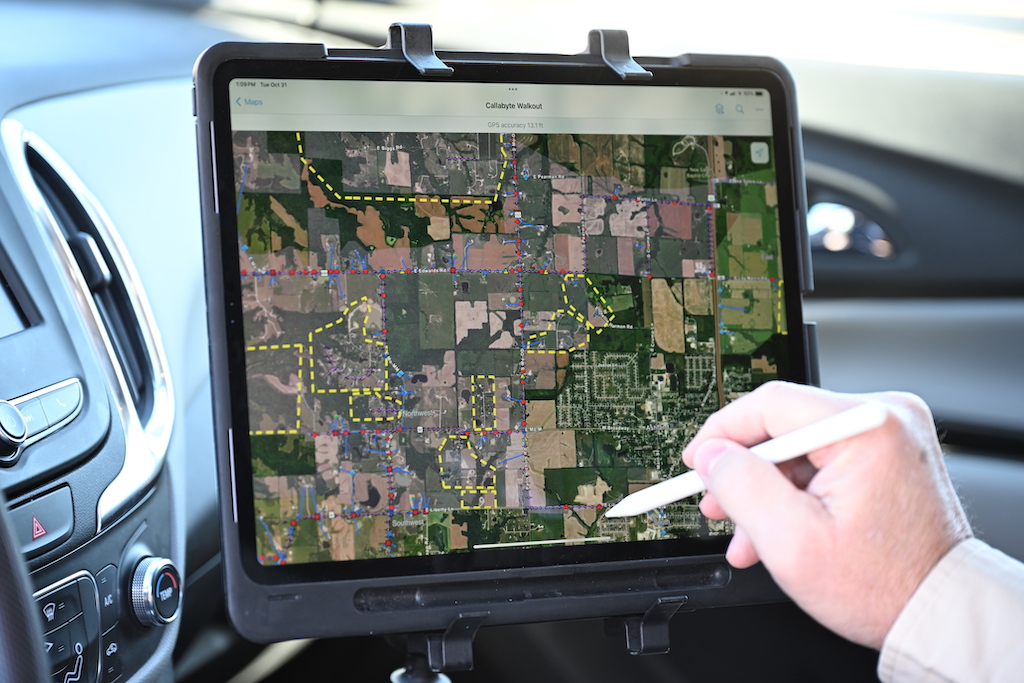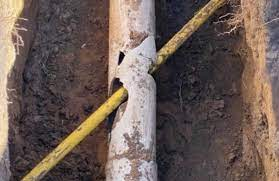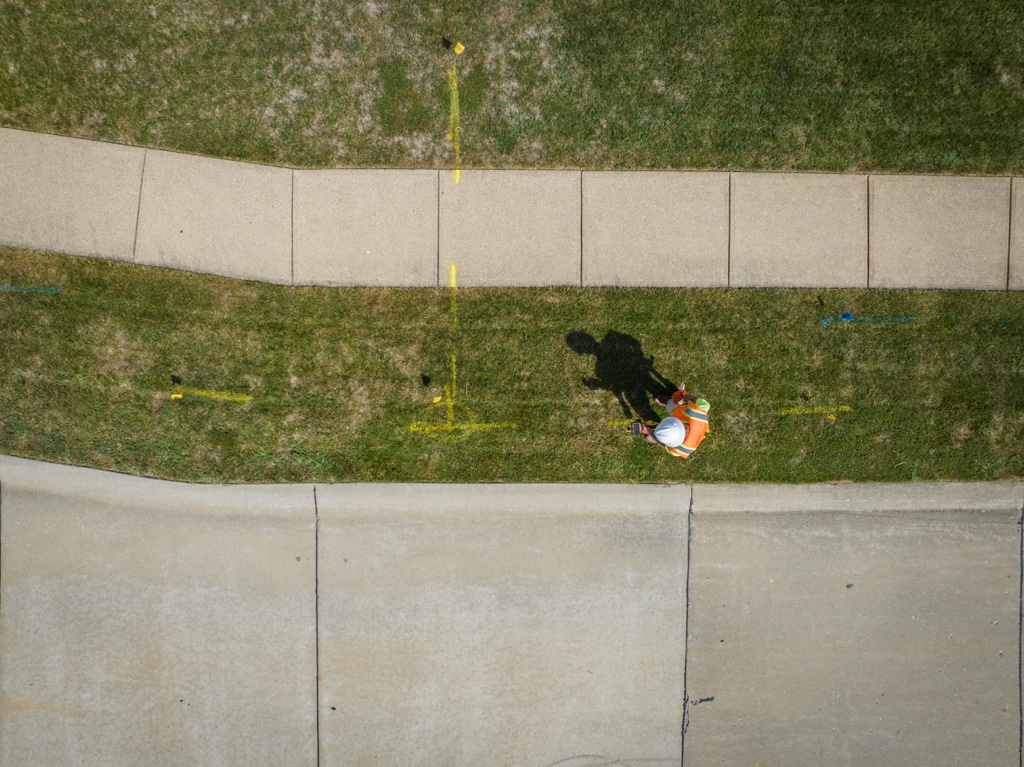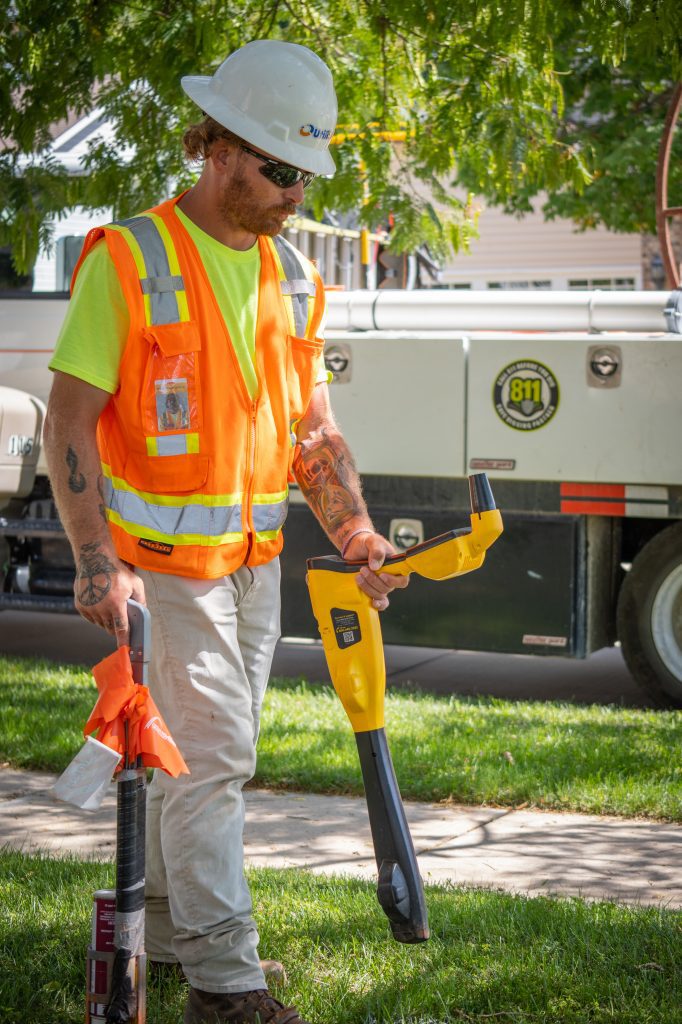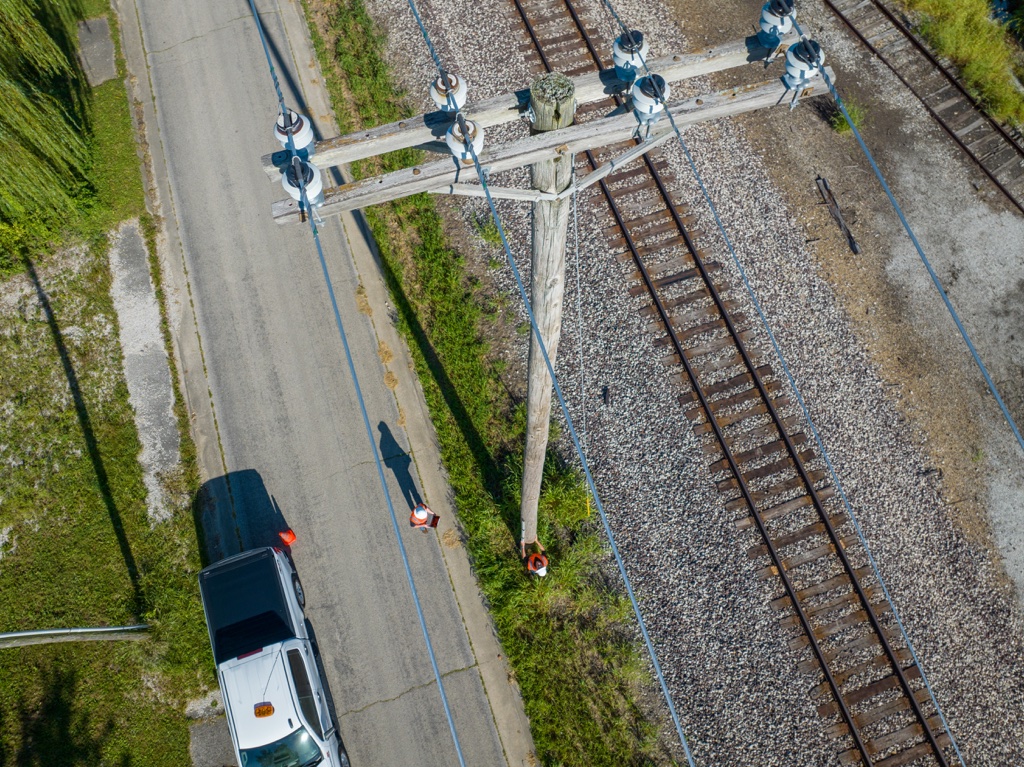Did you know that the ground beneath your property is a network of underground utility lines? These networks may include electric lines, gas lines, water lines, cable, sewer lines, and more.
Before you start digging, it is important to find utility lines underground. Chances are, you have no idea how deep utility lines are located or where they are located. Digging before you locate these lines can be dangerous and expensive if you strike a line.
How Deep are Cable Lines Buried?
When you are digging on your property all utility lines, underground pipes, and underground cables are a concern. However, the electric lines are of the most concern. The answer to this question varies. The depth of lines varies depending on type.
Cable and phone lines are typically buried at one foot or less. Electrical lines and water lines are typically buried at around 2 feet or 24 inches underground. Things like high voltage electric lines and water pipes are buried at around 3 feet underground. Depending on where you live, utility companies may have certain regulations that determine how deep utility lines are buried.
Buried 1 foot (12 inches) or less:
- Cable lines
- Telephone lines
- Pathway lighting wires
Buried 2 feet (24 inches):
- Sewage lines
- Electric lines
- Fiber optic cable
- Gas lines
Buried 3 feet (36 inches) or more:
- High voltage cables
- Water lines
- Large sewer lines
When You Should Call 811 Locate Services
If you are doing work on your property that requires digging or excavation, you may need to reach out to 811 call-before-you-dig services. 811 will give you the approximate location of any buried utilities in your yard and mark them with flags or paint so you don’t hit a line unintentionally.
Calling 811 doesn’t just protect you, it protects your community. Hitting an underground line is not only dangerous to you, but can cause disruptions of utility services and be expensive to repair.
Some common household activities that may require you to call include:
- Planting trees
- Trenches for drainage lines, French drains, and irrigation systems
- Creating a garden or pond
- Building a fence and digging fence post holes
- Diggings for foundations (decks, sheds, garages, carports)
Can’t I just locate the lines myself?
Due to the type of equipment needed to accurately locate and map utility lines underground, and the advanced training needed, you will not be able to accurately locate utility lines by yourself.
The best way to locate subsurface utility lines is to reach out to a professional team. They have access to the right equipment and have the right training to quickly and accurately locate utilities on your property.
Marking Utility Lines: Public vs Private
Depending on where you live and the types of lines buried on your property, just calling 811 public locate services may not be enough. On many properties, there may be other lines buried that need to be located by a private locate service.
It is important to note that 811 services are free, but only locate utilities up to where they join to the building for service meter. Any lines that go from the house to another place, such as a garage or shed, are considered secondary lines and are the property owner’s responsibility.
Buried lines that are commonly marked include:
- Cable and internet wires
- Telephone lines
- Sewer lines
- Water lines
- Electrical lines and cables
- Natural gas lines
Other buried lines are that not typically marked:
- Lawn irrigation systems and drains
- Security systems
- Landscape lighting systems
- Underground cables and electric lines that run to pools or septic tanks
Utility Line Colors
Before you dig, having an idea of what color corresponds to what utility is located underneath.
- Red: Electric
- Orange: Telecommunications (telephone/internet) and alarms
- Yellow: Gas
- Blue: Potable water
- Green: sewer
- Purple: reclaimed water and irrigation
- Pink: survey markings
- White: area for proposed excavation
Other Commonly Asked Questions
How Accurate are Utility Markings?
Utility markings are accurate. However, they may not pinpoint the exact location, as the ground and soil will shift over time. Utility markings should always be verified before you dig.
Can You Dig Around Utilities?
When you are ready to start digging, it is important to always use a blunt or rounded shovel when you are digging around utilities. You should also NEVER pry around the line to remove extra soil.
Will Locate Services Damage My Property?
No, the specialized equipment used by professionals using technology known as ground penetrating radar (GPR). GPR is completely non-invasive.

